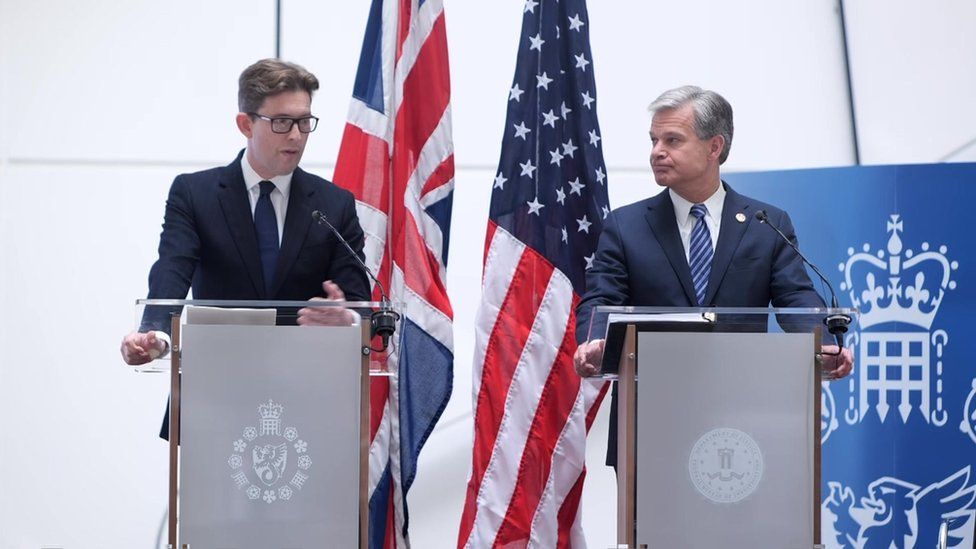Key takeaways:
The metaverse is a persistent online world with a developed economy, that can be experienced in virtual reality (VR) by unlimited numbers of people.
Current talk of the metaverse is primarily a narrative about the growth potential of the video gaming and enterprise software sectors, in the context of advances in VR technology and changes to everyday life brought about by the Covid-19 pandemic.
Major technological and governance breakthroughs will be required before the metaverse can be built.Efforts to realize the metaverse are more likely to be led by incumbent American and Chinese big tech companies than European challengers.

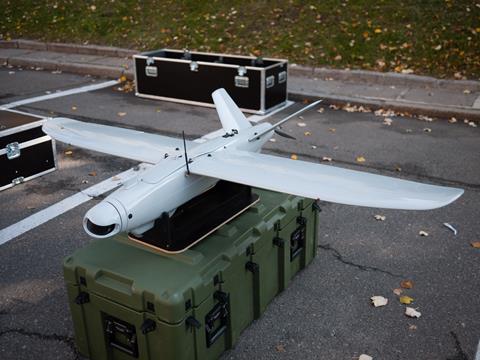
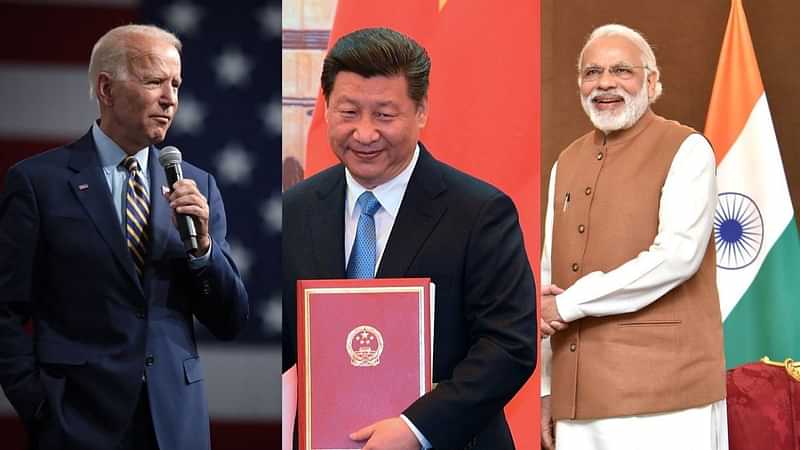
:quality(100)/cloudfront-us-east-1.images.arcpublishing.com/thesummit/6VILJS5HKFAJZNM76DO4ZWHWVE.jpg)
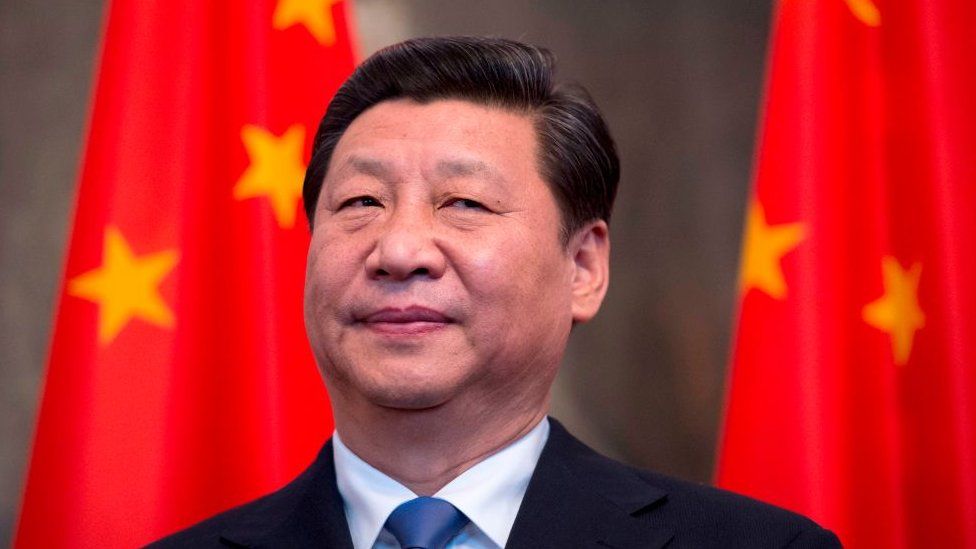
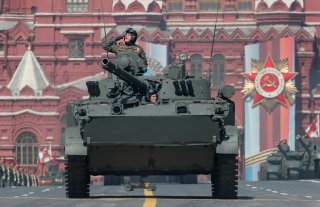
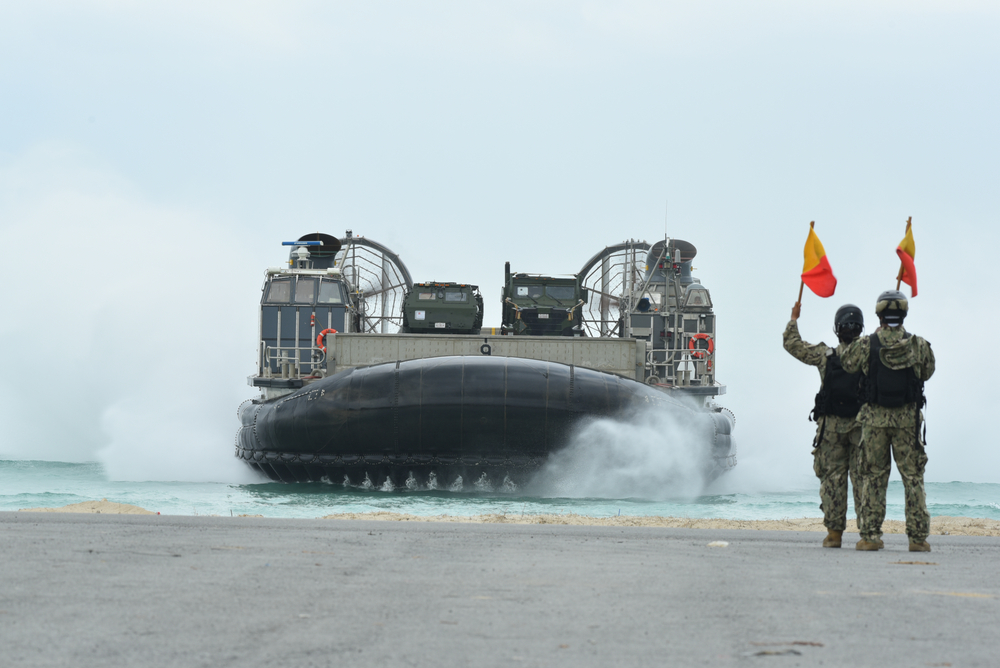

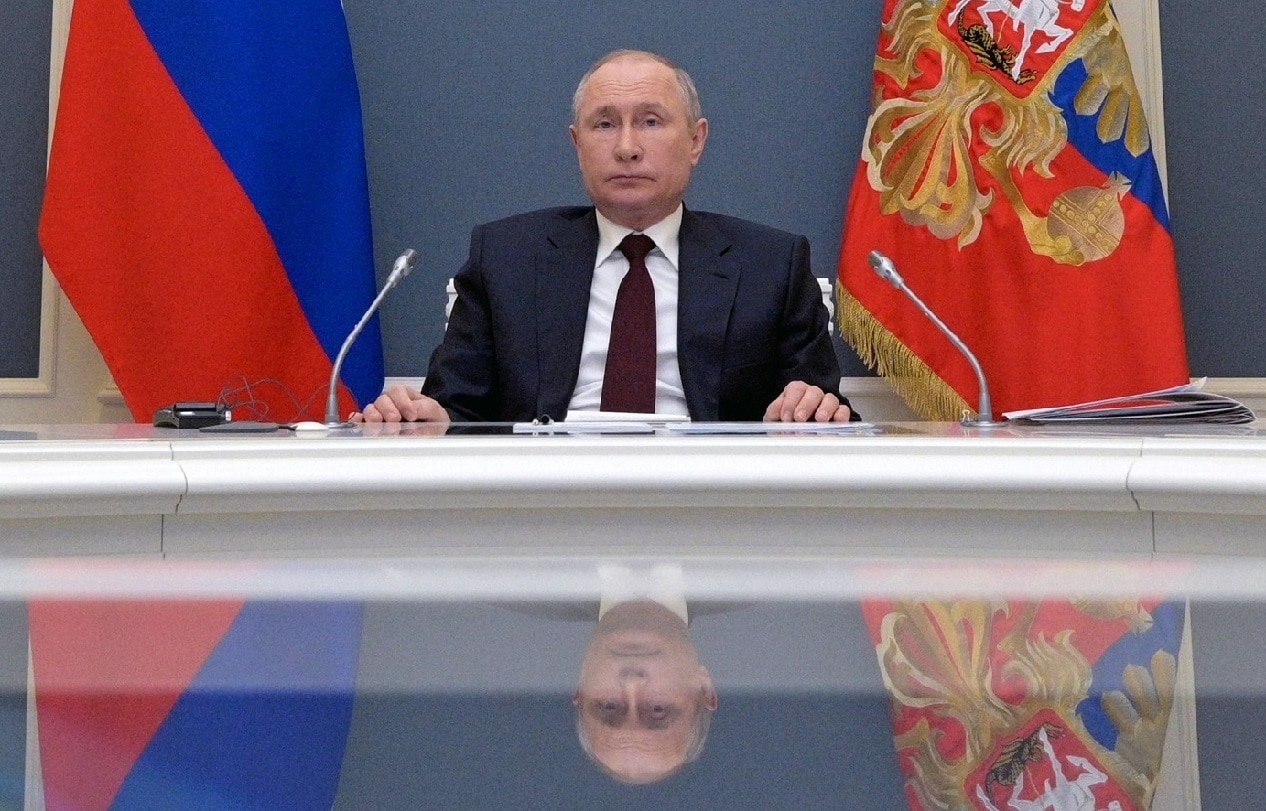




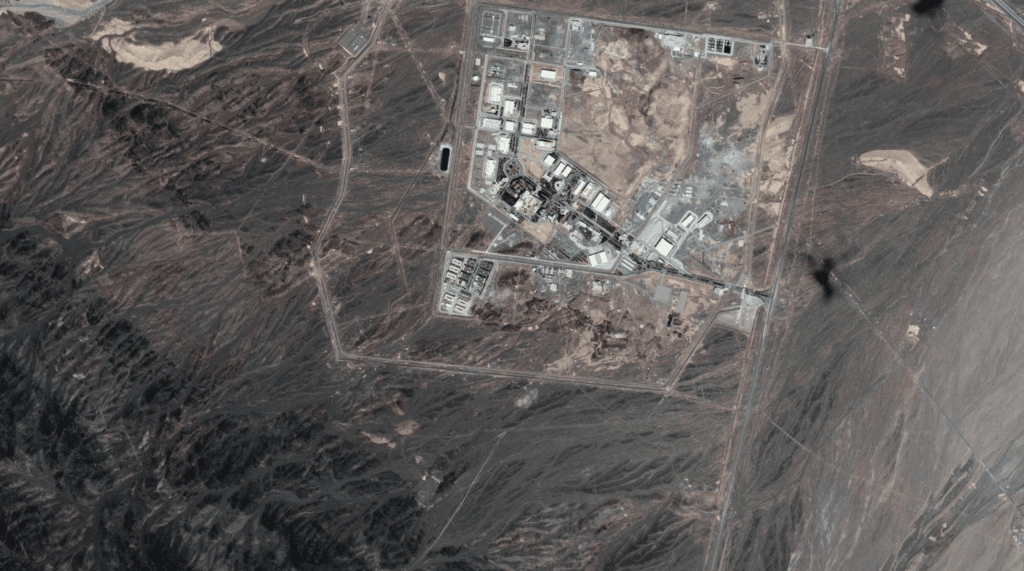

:quality(70)/cloudfront-us-east-1.images.arcpublishing.com/mco/F3UD3E4G4ZAQBDFNNZ63FRESYI.jpg)
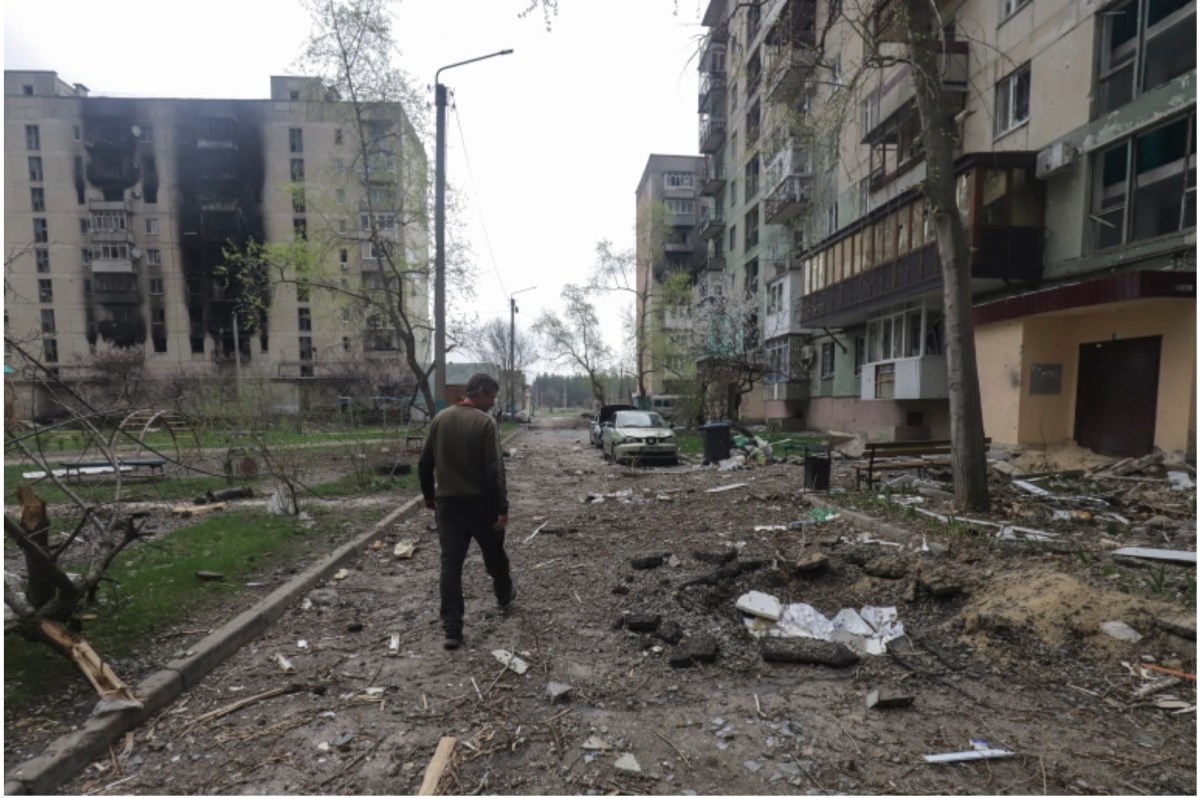
:quality(100)/cloudfront-us-east-1.images.arcpublishing.com/thesummit/2LAZZ5ZJNZCKNEYSIFCJWAF5CY.jpg)

